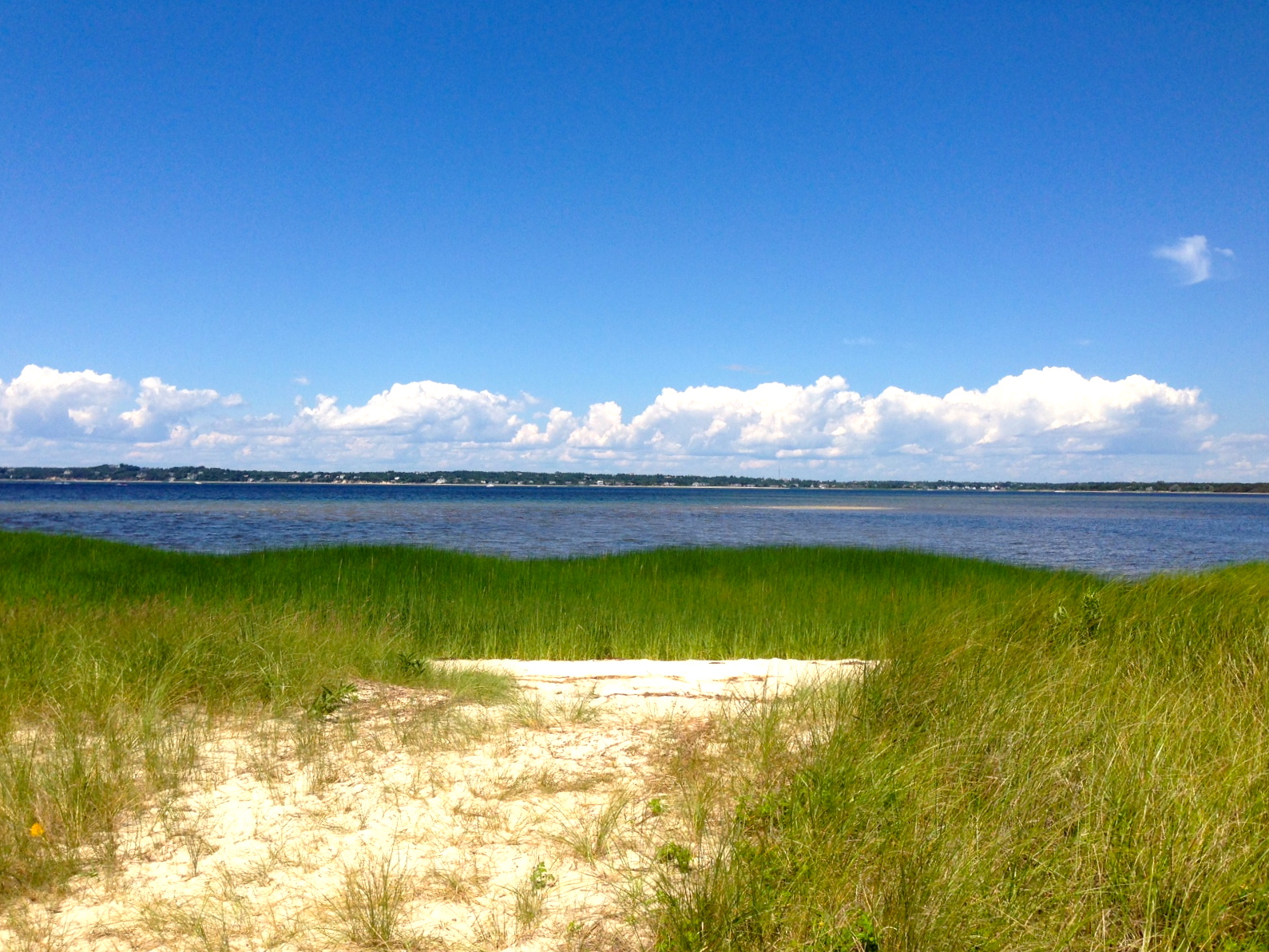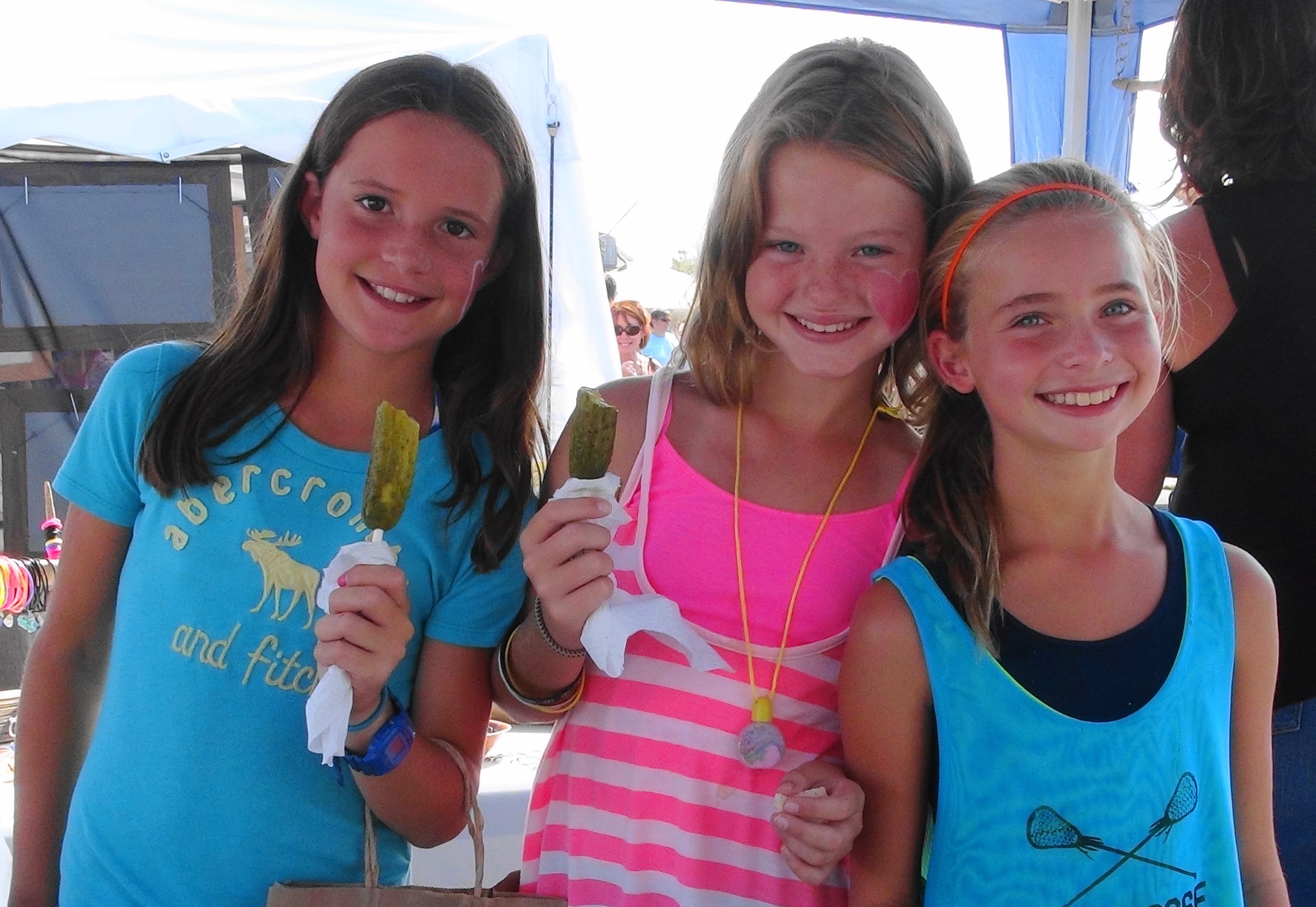Clinton Academy Hosts Smithsonian Traveling Exhibition: Explore Water’s Environmental and Cultural Impact in Water/Ways

The East Hampton Historical Society invites you to discover how humanity has used water and how water has shaped our civilization when the Smithsonian’s traveling exhibition, Water/Ways, arrives at Clinton Academy Museum for a six-week stay.

Water impacts climate, agriculture, transportation, industry and more. It inspires art and music. The East Hampton Historical Society, in cooperation with the Museum Association of New York (MANY), will examine water as an environmental necessity and an important cultural element as it hosts Water/Ways, a traveling exhibition from the Smithsonian’s Museum on Main Street (MoMS) program.

The exhibit opens Saturday, February 29, with a celebratory opening reception from 4 p.m. to 6 p.m. The exhibit will be on view Tuesdays through Saturdays, from 10 a.m. to 3 p.m. through April 11, 2020. The Smithsonian’s touring exhibition explores water’s great role in New York

New York is home to more than 7,600 bodies of fresh water. It also borders two of the Great Lakes, the Long Island Sound and the Atlantic Ocean. The Smithsonian’s Water/Ways exhibition explores water’s great role in New York and water’s effect on migration and settlement, and the relationship between water and politics, economics and culture.

Museum on Main Street is designed to share the resources of the Smithsonian with small towns through partnerships with state humanities councils and museum associations. “The East Hampton Historical Society is honored to be the only location on Long Island and one of only six in New York State to be selected to host Water/Ways. Hosting this exhibition allows us to offer an important and engaging opportunity, not only to the East Hampton community, but to those across Long Island,” said Maria Vann, Executive Director of the East Hampton Historical Society.

Related Programming Tells the Local Water Story of East Hampton Town
The East Hampton Historical Society will hold an array of community-based programs over the course of the six-week exhibit, all of which support, illuminate, and foster curiosity about water and its role in our lives.
“The programs that we have planned provide the East Hampton community with opportunities to engage with the various themes from the exhibition in unique ways. Not only are we providing hands-on learning opportunities for children, but we are also arranging a wide breadth of lectures for our adult population,” said Marianne Howard, the East Hampton Historical Society’s Director of Visitor Experience.

Programs include Watercolor Workshops for Kids & Adults, a series of lectures, including “What is a Waterway Anyway” by Daniel Rinn on March 12 and “History of Montaukett/Shinnecock Fishing” on March 20, and a staged reading of “Salt Water People” on March 29. (Note: Details for all programs provided in a separate document)

